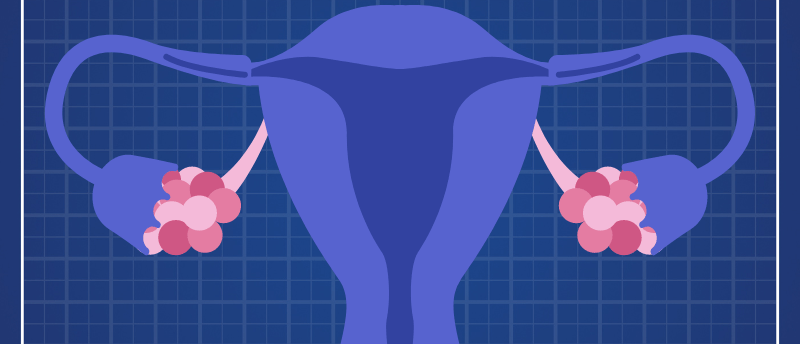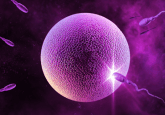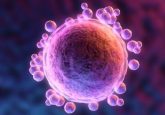The first blueprint for building an artificial ovary

A cellular atlas of the human ovary has been created by researchers, taking us one step closer to developing an artificial ovary.
Research engineers at the University of Michigan (MI, USA) have provided an insight into the structure of the human ovary, creating an atlas with cell-level resolution. Not only does this atlas give us a greater understanding of the ovary, but it also serves as a potential blueprint for building artificial ovaries in cases where ovaries have been exposed to toxic medical treatments or are exhibiting dysregulated hormone production.
Currently, in cases like this, doctors can implant previously frozen ovarian tissue, which temporarily restores hormone and egg production; however, the reimplantation process is not hospitable to follicle survival and only a few of these structures, responsible for hormone and egg production, survive once introduced. Therefore, an alternative method that supports follicle maturation and ovarian health is needed.
Most follicles can be found in the cortex – the outer layer of the ovary – in a dormant state. Only a small number migrate to the ovary’s growing pool and of those, very few go on to produce mature eggs. With greater insight into the developmental process of follicles, the team is hopeful that they will be able to trigger cells into maturity and produce optimized artificial ovarian tissue, which can function for longer than unmodified tissue, resulting in a longer fertility and hormone production window.
 Understanding the endometrium with organoids
Understanding the endometrium with organoids
A new hydrogel has been developed that can provide an optimal synthetic extracellular matrix (ECM) for more accurate organoid models.
The current study investigated gene expression in single cells using spatial transcriptomics, specifically homing in on follicles carrying oocytes – the immature precursors of eggs. By gleaning the genetic profile of oocytes, the team could then assess whether altering any of these genes would result in a functioning follicle, allowing them to build artificial ovarian tissue and structure that can be transplanted into the body and exhibit follicular function.
“The majority of ovarian follicles, already present at birth, never enter the growing pool and eventually self-destruct. This new data allows us to start building our understanding of what makes a good egg—what determines which follicle is going to grow, ovulate, be fertilized and become a baby,” commented Ariella Shikanov, corresponding author of the study.
Next, the team is interested in mapping other parts of the female reproductive system, including the uterus and fallopian tubes, to build an even greater atlas to inform our understanding of reproductive and hormonal health.


